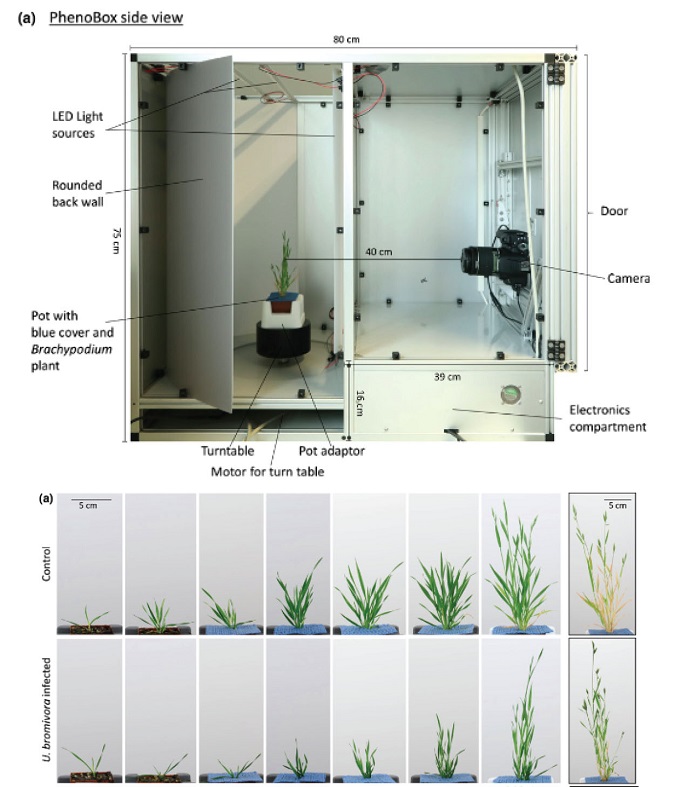
The “PhenoBox”, a flexible, automated, open-source plant phenotyping data solution (OA)
Plant Science Research Weekly, Research BlogHigh-throughput plant phenotyping systems are an excellent tool for analyzing large plant populations, providing better understanding of plant growth, productivity and performance under stress conditions. Unfortunately, high-throughput platforms are also high on costs and limited in their adaptability…
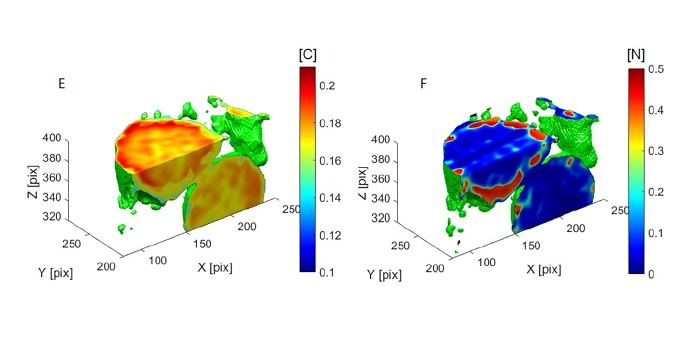
Breakthrough Technology: Soft X-ray imaging of cellular carbon and nitrogen distributions in cyanobacteria (Plant Phys)
Plant Science Research WeeklySoft X-ray imaging is a promising new technology that can be used to measure elemental compositions of living cells. By adjusting the energy (wavelength) of the incident X-rays, it is possible to specifically measure C or N, which have different photo-absorption edges. Teramoto et al. demonstrate the…

High contiguity Arabidopsis thaliana genome assembly with a single nanopore flow cell (Nature Comms)
Plant Science Research WeeklyEvery now and then a technology arrives on the scene that suddenly makes everything easier. When I was a student, PCR was developed. More recently, CRISPR/Cas9 applications were developed, and now the hot tool is nanopore flow cell sequencing. The crucial advancement in this method is that rather than…

The Trojan Horse Approach to Protein Jockeying
Blog, Research Blog, The Plant Cell, The Plant Cell: In BriefIn the decades since Agrobacterium tumefaciens was first used as a vector to deliver genetic material into plants (Zambryski et al., 1983), this powerful tool has provided important insights into the biological functions of countless gene products. However, this approach has its shortcomings; in addition…
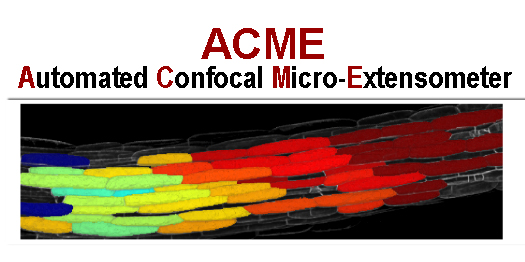
Stretching Plants with Cellular Resolution
Research, The Plant Cell, The Plant Cell: In a Nutshell
Robinson et al. develop a method to measure mechanical properties of plant tissue with cellular resolution https://doi.org/10.1105/tpc.17.00753
Background: Plant growth is controlled by the extensibility of the cell wall and the turgor pressure inside. The spatial regulation of these properties…
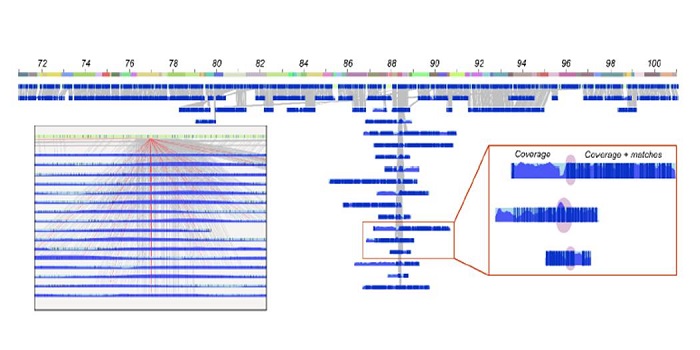
Commentary: Is it ordered correctly? Validating genome assemblies by optical mapping
Blog, Plant Science Research Weekly, Research, Research BlogOne of the hardest parts of any sequencing project is putting the pieces together. Physical sequence alignments can be cross checked against genetic linkage maps when they are available, but what about for species without genetic linkage data? Udall and Dawe describe the use of optical mapping, using…
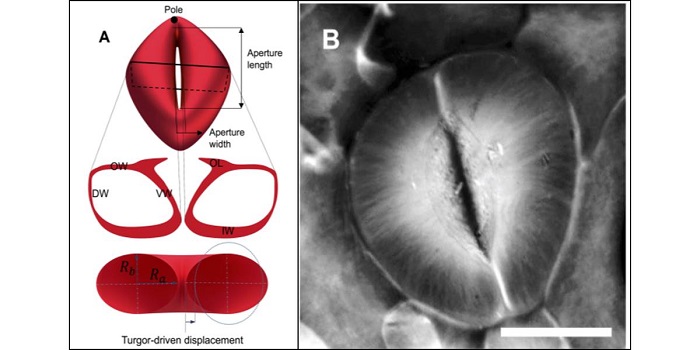
Update: Finite element modeling of shape changes in plant cells
Blog, Plant Physiology, Plant Physiology: Updates, Research, Research BlogBy Amir Bidhendi and Anja Geitmann
Abstract
Plant cells come in a striking variety of different shapes. Shape formation in plant cells is controlled through modulation of the cell wall polymers and propelled by the turgor pressure. Understanding the shaping aspects of plant cells requires knowledge…
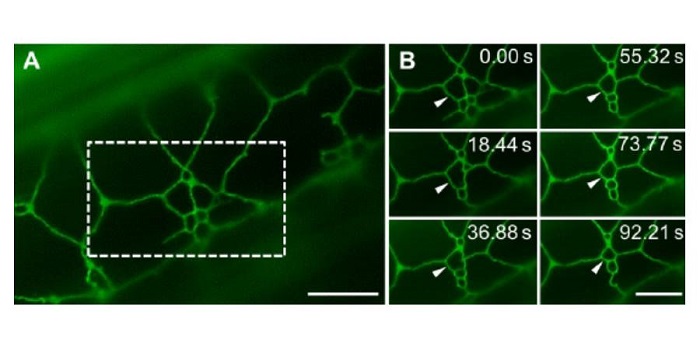
Update: Advances in imaging plant cell dynamics
Blog, Plant Science Research Weekly, Research, Research BlogSince the days of Robert Hooke, microscopy has been one of the biologist’s most important tools, and continues to become ever more powerful. Komis et al. review recent advances in superresolution microscopy, particularly as they pertain to the dynamics of plant cells. Dynamic systems demand fast imaging,…
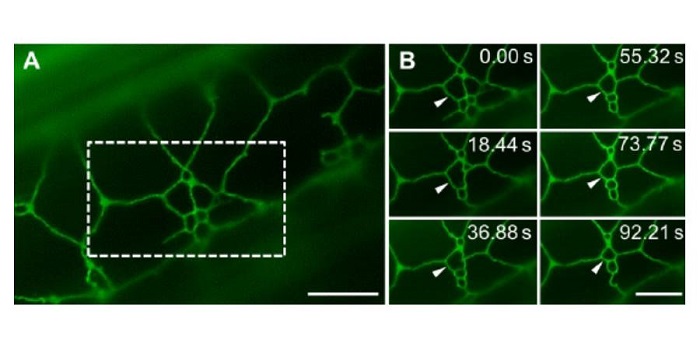
Update: Advances in imaging plant cell dynamics
Blog, Plant Physiology, Plant Physiology: Updates, Research, Research BlogBy Jozef Samaj, George Komis, Dominik Novak, Miroslav Ovecka, Olga Samajova
Abstract
After the establishment of advanced fluorescence microscopy methods and the development of numerous fluorescent proteins it is possible to follow the organization and dynamics of most organelles and subcellular…

